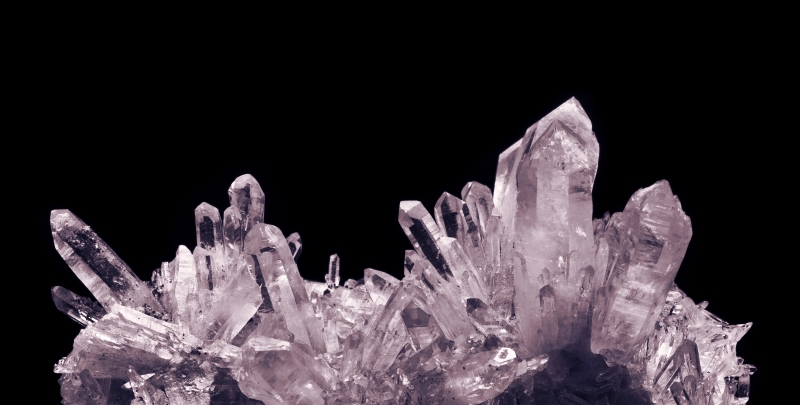A decades-old mystery of why a naturally-occurring organic crystal fluoresces blue under ultra-violet light, yet when grown under laboratory conditions fluoresces with an intense green has been solved by scientists from the University of Bristol.
Karpatite which is prized for its beautiful blue fluorescence under ultra-violet illumination shows green under laboratory conditions.
Using electron microscopy coupled with fluorescence spectroscopy and X-Ray diffraction, Dr Simon Hall, Jason Potticary from the Bristol Centre for Functional Nanomaterials CDT and Torsten Jensen from the Centre for Doctoral Training in Condensed Matter Physics in the School of Chemistry found that the disparity is instead due to differences in the structure of the crystals at the nanoscale.
Their results show that in nature, karpatite has a nanotexture that is not present in the synthetic crystals, which enables different photonic pathways and is blue, rather than green colour whilst undergoing fluorescence.











